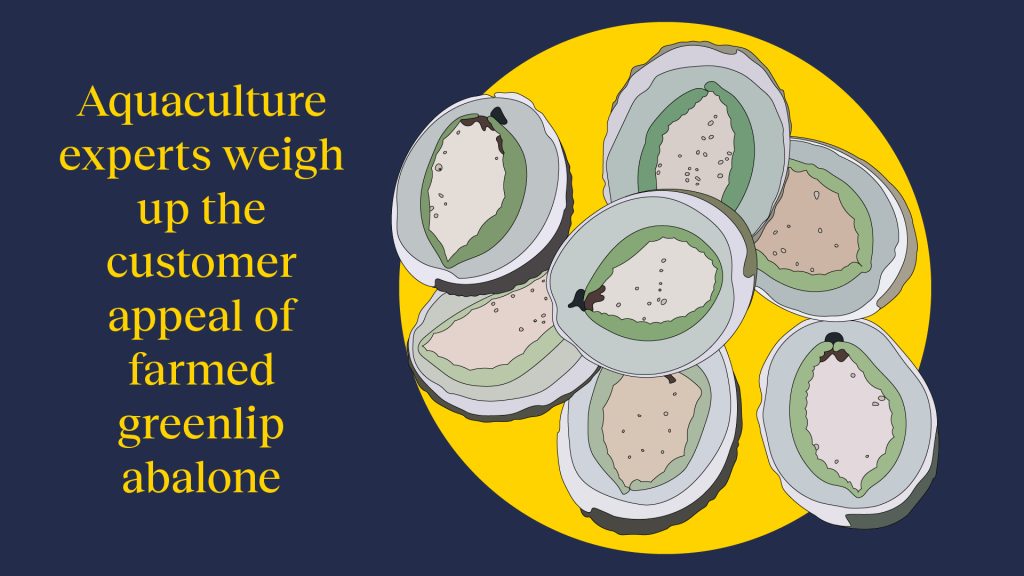The study is part of South Australian Research and Development Institute (SARDI) and Flinders University research efforts to improve production systems for cultivating more farmed abalone in order to relieve pressure on limited stocks in the wild.
To buoy the $28 million-a-year export market, aquaculture researchers are working with the State Government, suppliers and the local industry, including producers on Kangaroo Island and South Australia’s pristine Eyre Peninsula region near the seafood ‘capital’ Port Lincoln.
Flinders University abalone researcher, Associate Professor James Harris, says more than 75% of abalone production comes from wild capture fisheries, of which about 40% of this production is defined as sustainable by the Status of Australian Fish Stocks.
“Increasing demand in Asia, led by Vietnam, Hong Kong and China for this leading Australian seafood export, means there is great potential for an increase in abalone aquaculture in our clean marine environments.”
Australia’s farmed abalone are fed formulated, pelleted diets which tend to produce greenlip abalone with a slightly different appearance to wild caught abalone.
The benefits to the colour of shell, feet and lip colour of adding dried macroalgae to the diets of farmed greenlip abalone (Haliotis Laevigata) was evaluated in their latest study published in the New Zealand Journal of Marine and Freshwater Research.
The phase feeding trial was conducted at the Department of Primary Industries and Regions SA (PIRSA) SARDI Aquatic Sciences Centre to evaluate colour change in three-year-old greenlip abalone lip, foot and shell.
Researchers added 15% of commercially available macroalgae meal or harvested Gracilaria cliftonii to formulated diets to better manage greenlip abalone lip colour.
The experiment recommended a minimum of three months of the additional supplement and for the abalone to be harvested within one month to maintain the desirable pale lip colour changes.
The article, Colour change of greenlip abalone, Haliotis Laevigata Donovan, fed dried macroalgae meals in concurrent laboratory and on-farm trials (2024) by Mark Purvis, Krishna Lee Currie, Amy L Bates, Matthew S Bansemer, Jian G Qin, James O Harris and David AJ Stone has been published in the New Zealand Journal of Marine and Freshwater Research (Elsevier) DOI: 10.1080/00288330.2023.2293734
Acknowledgements: The latest study includes experts from the SARDI Aquatic Sciences Centre, Marine Innovation Southern Australia and The University of Adelaide, with support from South Seas Abalone Group, Coastal Sea Farms, Aquafeeds Australia and Eyre Peninsula Aquafeeds.
This study was led by SARDI and funded, or in part funded, by the Functional Food Focus Program being conducted by SARDI as part of the South Australian Government PIRSA Agribusiness Accelerator Program.
Plants, seeds & more delivered to your door!
www.nativeshop.com.au
Advertisement




